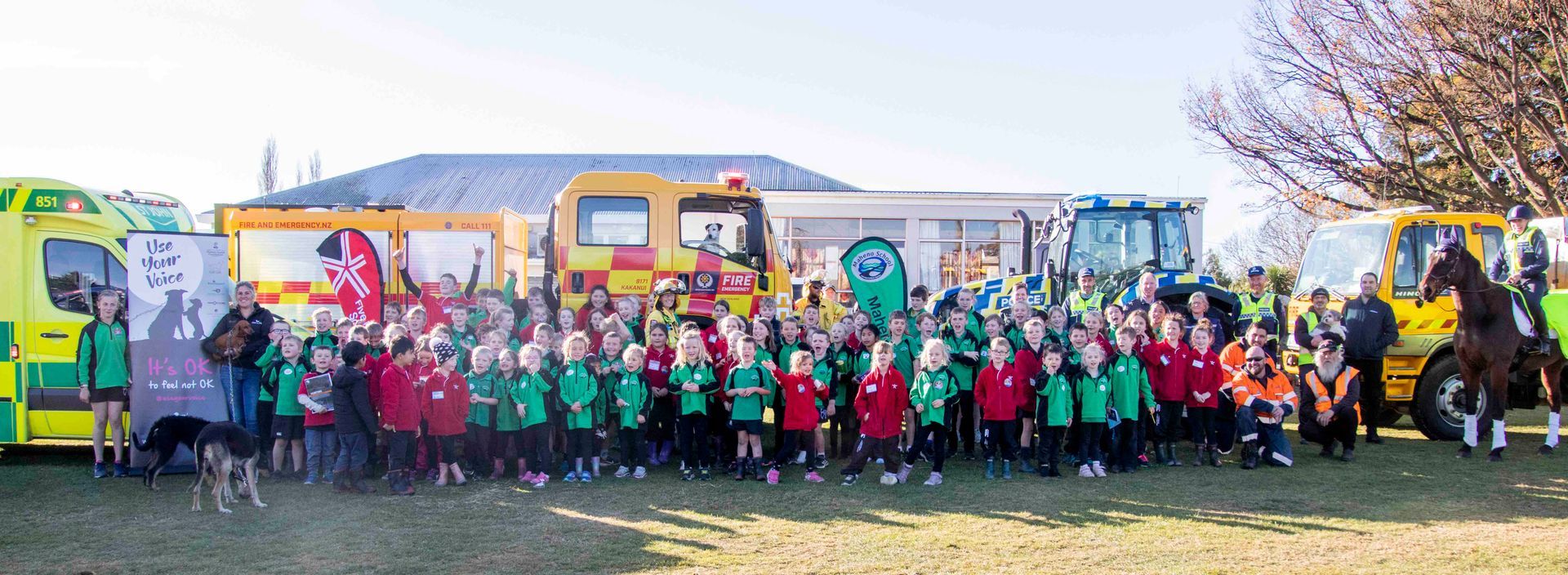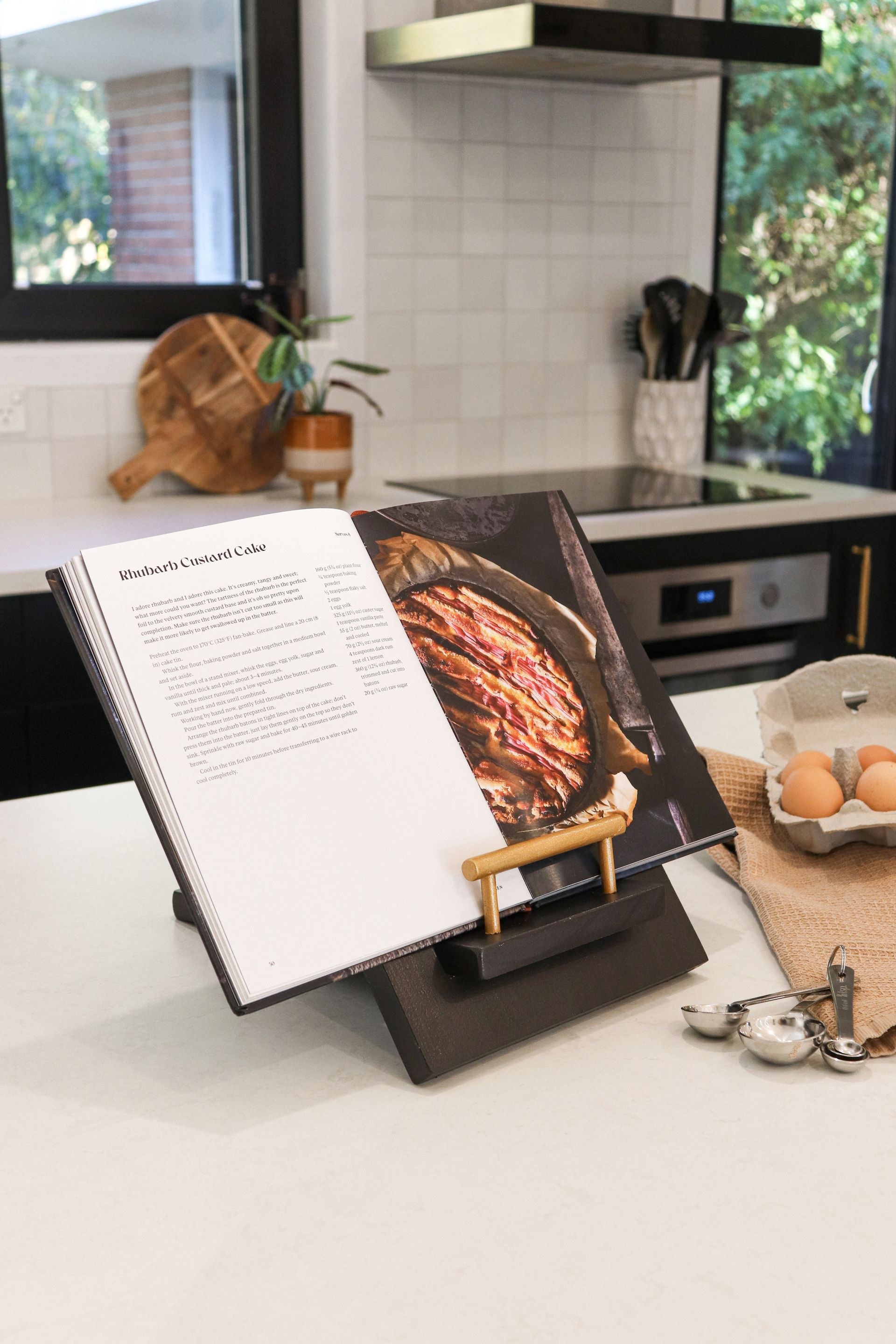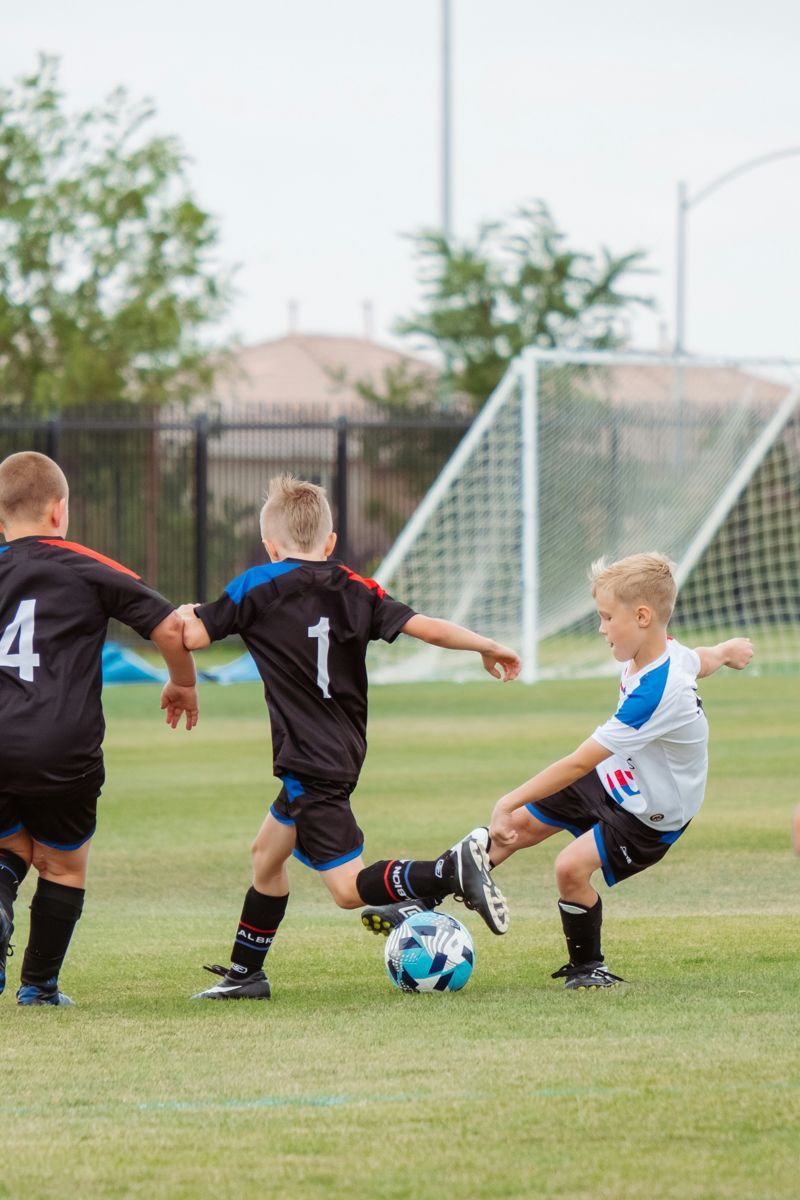Harriet Bremner Pinckney is making a difference when it comes to changing the conversations about farm health and safety, and wellbeing – one children’s book at a time.
Harriet Bremner Pinckney laughs as she recalls her school career advisor suggesting she should not embark on a career path in the rural sector. ‘She told me “there is no future in farming for women”. Regardless of her advice, I ended up where I am meant to be.’
While 16-year-old Harriet heeded the advice and went on to become a primary school teacher, she relished working in rural schools and keeping her grass-root connection to rural New Zealand. ‘I grew up on a farm so have always been passionate about agriculture and the environment we get to live in and while I loved teaching, it wasn’t my dream job.’
At 28, Harriet faced the worst of days with the loss of her partner in a farm accident. ‘My life was totally torn apart and I was left wanting to make him, and myself proud. I realised we should always do what is true to our hearts. Life is short and unpredictable.’
So having hidden away the quiet dream of being an author, Harriet decided to combine her passions. ‘One of my favourite things about teaching was interacting with the children over incredible stories and I could see this was a way to educate and inform, as well as inspire.’
Over the last six years, and four books later, Harriet has educated our tamariki about a number of aspects of rural life, but most importantly farm health, safety and wellbeing. ‘My first book was a memorial book about why having great friends in life is so important, and introduced Pops, my miniature dachshund and central character of all my books.’
From there Pops has taken readers on adventures around the farm, educating those she meets along the way about wellbeing, farm safety, and how to use their ‘Think Safe Brain’ to make good decisions in Be Safe, Be Seen. And the importance of speaking up in Use Your Voice, a story told using Jess the Huntaway from
Rural Health Charitable Trust Will to Live.
Her most recent book, Wool’s the Word! is a story to celebrate, and educate children and adults alike about the wonder of wool as the world’s best natural resource. ‘It is a great story for country kids because they can relate to it, but a teachable resource for urban schools as it focuses on the sustainable, renewable aspects of wool while abolishing some myths about shearing.’
Published in conjunction with New Zealand Merino, it is a delightful and entertaining tale that is being used by schools as an educational tool. ‘We have 50 schools around New Zealand who we are sending the book to, so they can do enquiry learning about wool,’ explains Harriet. ‘The book uses particular language and terms so as to help start a conversation about the benefits of wool and this is supported by tactical examples that the kids can touch and feel.
‘We have strong and fine wool examples so that they can feel and see what it looks like when it comes off the sheep and then see what it looks and feels like when turned into a product – like clothing, carpet, accessories. It is really exciting.’ With a mix of urban, rural and semi-urban schools receiving the book from New Zealand Merino, Harriet is excited by the varied conversations that will be had and relishes the opportunity to have brought her passion for words and rural life into her teaching career.

Heading into the classroom with Wool’s the Word! isn’t the first time Harriet has blended her two careers, with her other life passion of educating children and farmers around health, safety and wellbeing. Be Safe, Be Seen and Use Your Voice are two key stories in all of this. They are used to help people talk about using your Think Safe Brain and how to make good decisions on the farm by looking after yourself and people first.
Having been a teacher and working in health and safety in New Zealand Agriculture, Harriet saw that something needed to change in our industry. ‘Paperwork doesn’t save lives but looking after your health, sharing stories, having conversations and making good decisions does,’ she explains. ‘Health and safety is not about chucking a hi-vis vest on and then making the same, average decisions. It is about changing the way we do things, changing our behaviour. And while I would love for this to be instantaneous, it is about generational changes; talking to our children and educating them so that they become the advocates.’
And it is working. Harriet has graced the stage to share her story with corporate groups to help change an adult’s perspective on what it means to stay safe and go home alive at the end of every single work day. She has been involved in health and safety industry advisory groups, presented on television and worked as an ambassador for #PlantASeedForSafety (An Australian-born initiative launched in Aotearoa by Safer Farms); yet it is rolling it out in schools that gives her the biggest buzz.
‘Partnering with local specialists like vets, the police, agricultural suppliers, contractors and so forth, I go into schools and guide kids through fun, interactive modules, so that they understand how to prevent a farm accident and what to do if there is one. Every student then gets copies of my books, and teachers [are given] access to resources to follow up the learning in the classroom.’
From what to do if a powerline collapses, to firearm safety and approaching unknown animals, it is about opening up conversations with our future farmers who in turn are starting to put these practices into place; or asking the question about why the safety measure isn’t already there. ‘I love hearing from parents about how their kids have been inspired to spark health and safety change on their own farms, and in their own homes. From a practical perspective that just makes sense.’
Despite it only being halfway through 2023, it has already been a big year for Harriet with a waitlist for her school health and safety programme, the launch of Wool’s the Word! in schools, farm life, completing her pilot’s licence, a wedding, ongoing production of her podcast with Farmers Weekly, The Raw Truth and recent recognition for all that she does.
‘Six years ago I followed my intuition when it came to a change in career and recently I followed it again by entering the 2023 Zanda McDonald Award.’ The award is designed to recognise those working to make a positive change in the primary industry sector in New Zealand and Australia.
‘To be named as the New Zealand winner, cemented that I did the right thing by having the courage to say I wasn’t okay in the wake of grief and that I needed to change, to build a life I wanted piece by piece. And I have done that.’
A large part of moving forward has been falling in love for a second time, with her now husband Edward Pinckney, and enjoying life on Jericho Station, a 1359-hectare farm near Manapouri. ‘I feel incredibly spoilt that this is my life,’ she concludes. ‘I am out farming every day, and when I am home writing I have the Fiordland National Park out my window.’
While Harriet is quietly humble about her work and the success she has had spreading the all-important message of farm safety and wellbeing, she is deservedly proud she has achieved her 16-year-old-self’s dream of becoming a farmer. ‘There is nowhere else I would rather be than outside working with my husband and team of dogs and horses.’
For more information, and to purchase Harriet's books, visit www.harrietbremner.com
Recent stories









